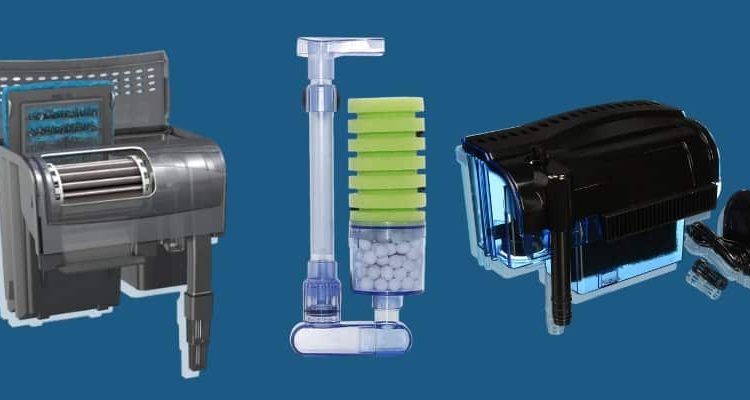An aquarium is a place where different species of fish are preserved. Many fishes look attractive due to their body colours and feathers. They look stylish and can definitely increase the beauty of any place. The aquarium filters possess the ability to increase the aesthetic appeal of any place. In an aquarium, several types of fish are left in a transparent tank of glass. Many tanks have a provision of colourful lights inside. These lights increase the beauty of the tank.
Aquariums are such tanks made up of glass that contains several types of fish. This is an excellent idea for decoration purposes. In these aquariums, fishes are preserved. These aquariums are designed in a way that they can take good care of fishes and other aquatic animals swimming inside the tank.
The appeal of aquariums has broadened to a greater cross-section of people, moving beyond the realm of a basement hobby. Both beautiful and relaxing, more and more aquariums are found in offices, in restaurants, and proudly showcased as part of home decor.
But did you know aquariums are also an excellent hands-on teaching tool in the classroom or at home? Establishing an aquarium offers students of all ages the opportunity to learn directly through experience. Caring for the aquarium kindles a sense of responsibility, achievement, and a genuine desire to learn. Teachers and parents are given a unique opportunity to teach a receptive audience in a fun and interactive manner.
Top 5 Best Aquarium Filters for your Aquarium
Power filters
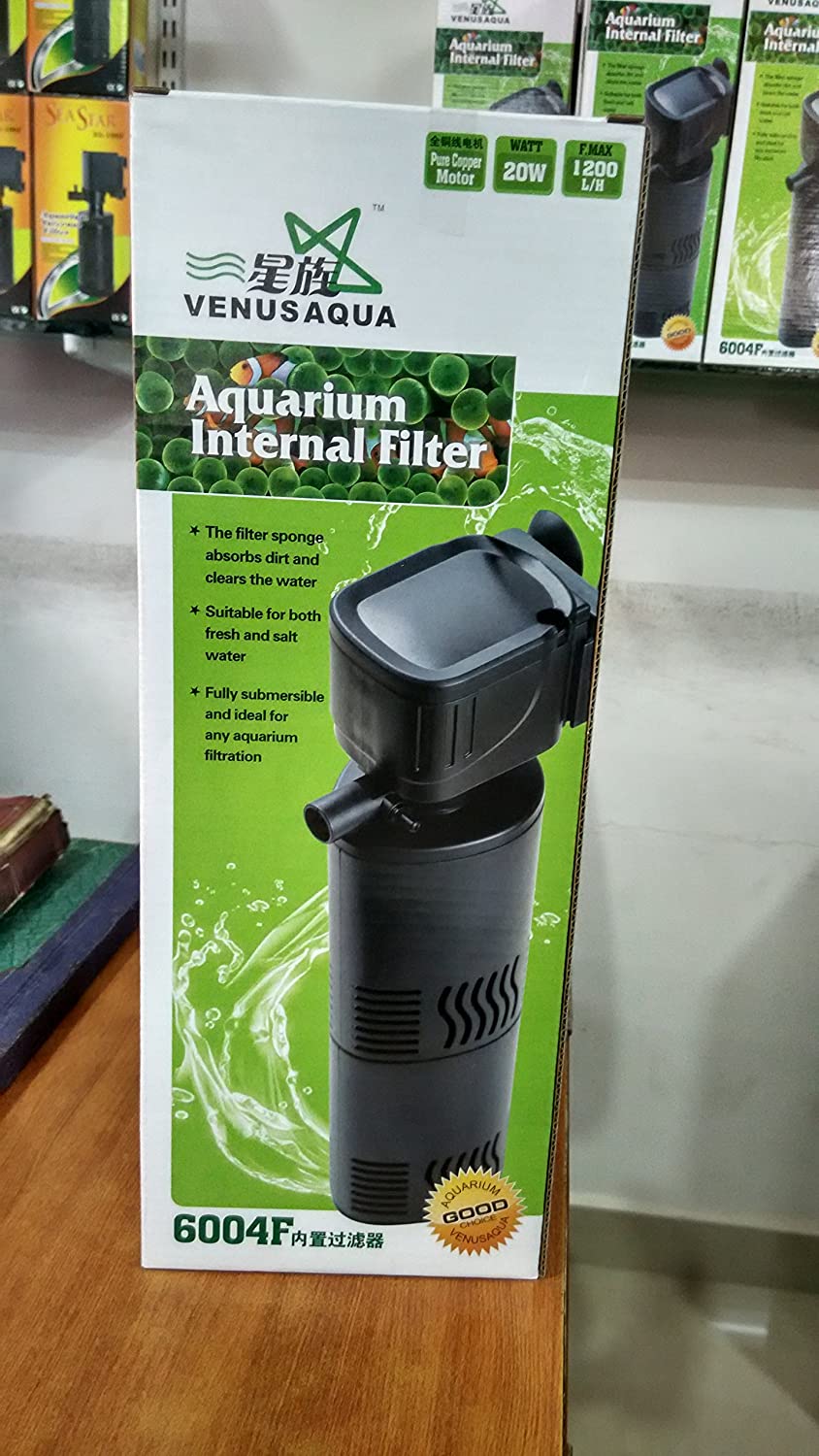
Power filters or HOB (hang on back) filters, which are impeller powered, remove water from the aquarium, usually with a long siphoning tube, which is then pushed (or pulled) through a series of different filter media and returned to the aquarium. These are the most common type of aquarium filters. They are usually more effective and easier to maintain than internal filters
Advantages of this type of filter are that they allow for a selection of different types of filter media depending on the tank needs and that they are easy to clean without disturbing the inhabitants of the tank because they sit on the outside of the fish tank. Disadvantages of power filters include their smaller capacity for filter media compared to canister filters, and that they tend to be very noisy, usually resulting from vibrations.
Canister filters
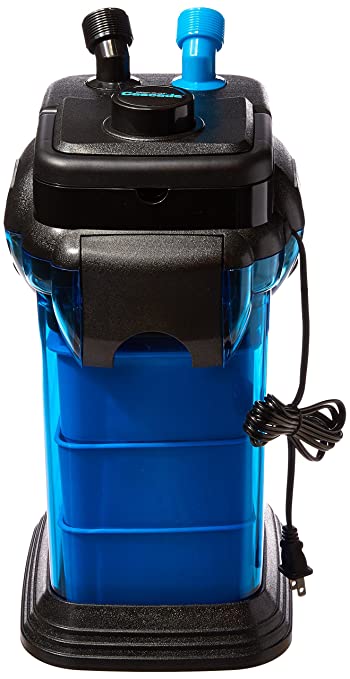
Compared to filters that hang on the back of the aquarium, canister filters offer a greater quantity of filter materials to be used along with a greater degree of flexibility with respect to filter material choice. Water enters the canister filled with the chosen filter material through an intake pipe at the bottom of the canister. Furthermore, it passes through the material and is fed back to the aquarium through the return pipe. Water is forced to circulate through the filter by a pump typically installed at the top of the canister. It is important to note that canister filters are sealed, fully flooded systems, meaning that the aquarium, intake pipe, filter interior and the return pipe form a continuous body of water.
In this configuration both the intake and return path form two siphons, which precisely counterbalance each other. Under these circumstances, the filter pump does not have to spend any effort to lift the water back to the aquarium, regardless of how high the latter is installed above the canister. The pump should only be powerful enough to push the water through the filtering material as well as overcome the drag in the intake and return pipes. This makes canister filter pumps virtually insensitive to the height difference between the aquarium and the filter.
Diatom filters
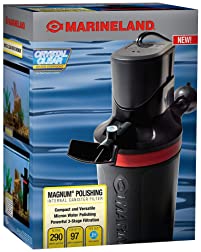
Diatom filters are used only for sporadic cleaning of tanks, they are not continuously operated on aquariums. These filters utilise diatomaceous earth to create an extremely fine filter down to 1 µm which removes particulate matter from the water column.
Airlift filters
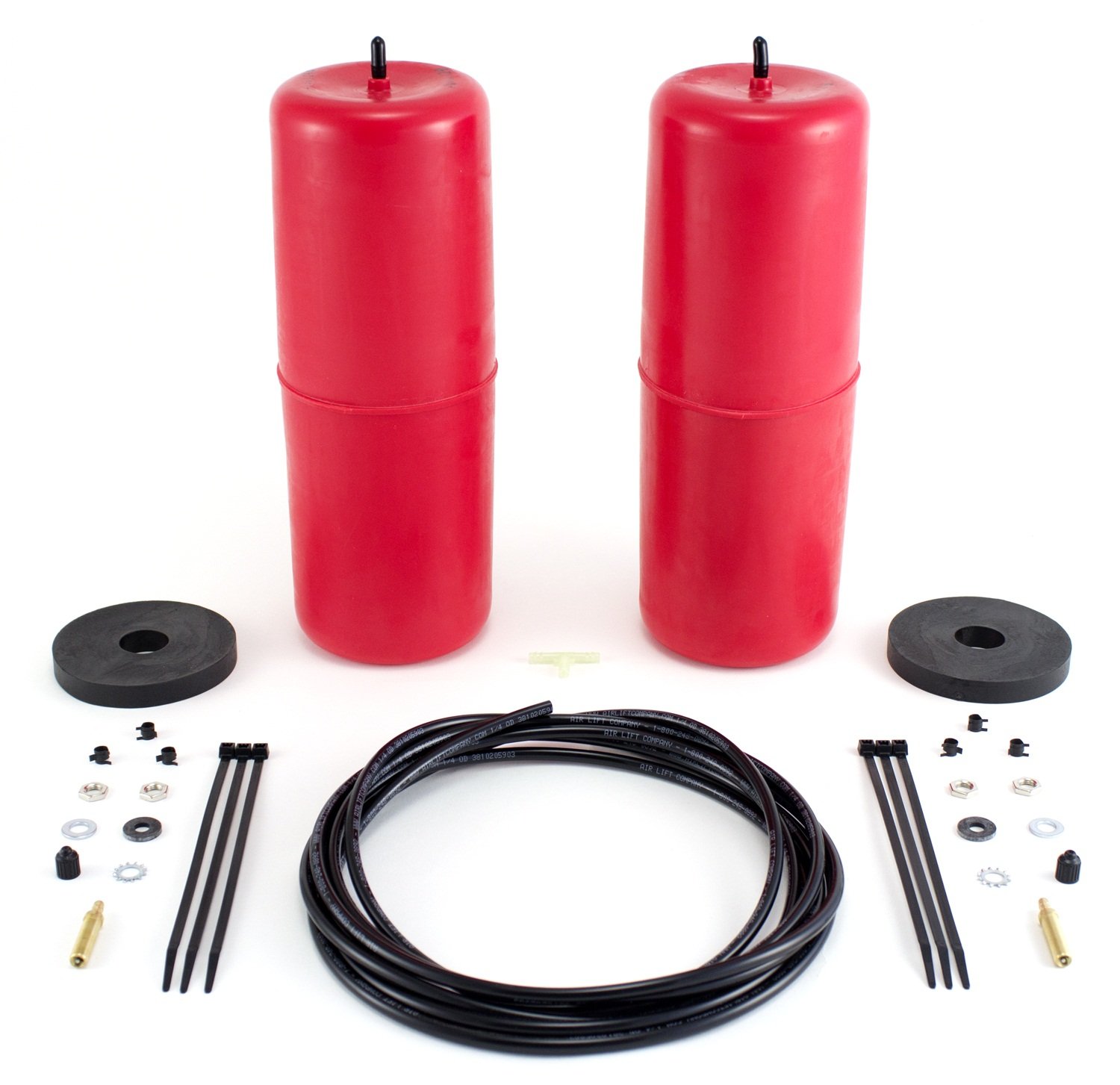
Sponge filters and corner filters (sometimes called box filters) work by essentially the same mechanism as an internal filter. Both generally work by airlift, using bubbles from an air pump rising in a tube to create flow. In a sponge filter, the inlet may only be covered by a simple open-cell block of foam. A corner filter is slightly more complex. These filters are often placed in the corner on the bottom of the aquarium. Water enters slits in the box, passes through a layer of medium. Followed by this it exits through the airlift tube to return to the aquarium. These filters tend to only be suitable for small and lightly stocked aquaria. The sponge filter is especially useful for rearing fry where the sponge prevents the small fish from entering the filter.
Internal filters
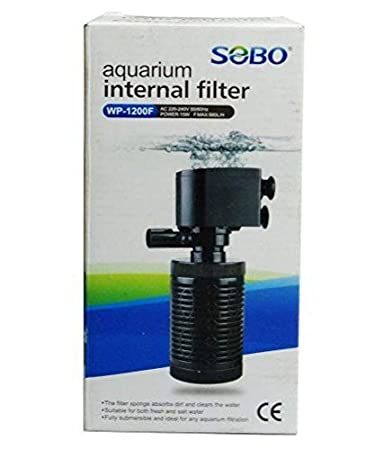
They are the filters within the confines of the aquarium. These include the sponge filter, variations on the corner filter, foam cartridge filters. An internal filter may have an electric pump and thus be an internal power filter, often attached to the inside of aquaria via suction cups.
Also, know about the Best Shower Bench in 2021.
The advancements made in filtration technology over the past years have made the hobby of keeping aquatic life easier. It has also enabled us to maintain organisms that we were never able to in the past. Again, before making a decision, you need to decide on the number and type of species that you plan to keep. Taking those needs into consideration, you can then look at the strengths and weaknesses along with the cost of the filtration that will suit your needs.
Choosing the correct filtration system for your aquarium is an important decision. This will impact not only the type and quantity of livestock that you wish to keep but also the amount of maintenance that the system will require. The filtration system is responsible for keeping the water clear and free of particulate matter. This includes the tiny fragments of plant material, leftover food, faeces, waste products from the fish, etc. Furthermore, are the toxic compounds that are dangerous to the inhabitants.

